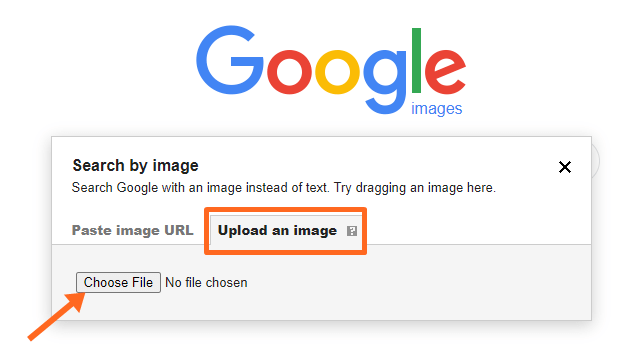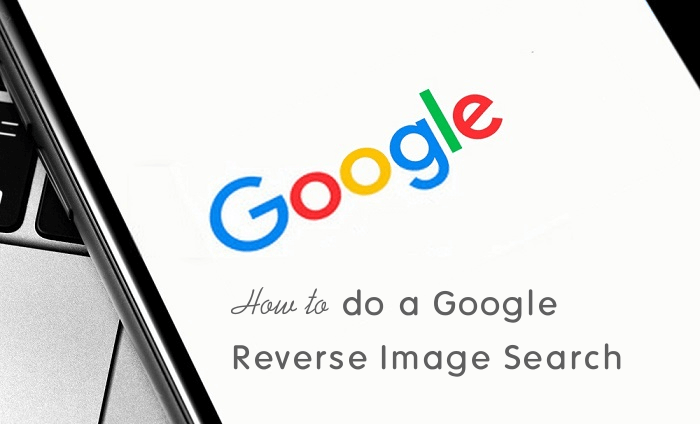Google Reverse Image Search
- Google Reverse Image Search Desktop
- How To Google Reverse Image Search
- Google Reverse Image Search Desktop
Reading Time: 6 minutes
Mar 30, 2021 Google Images is a great place to search for pictures and photos by typing in relevant keywords. But you can also search Google using an image — called a reverse image search — to find out. Nov 11, 2020 The next best way to perform a Google reverse image search through an official Google solution is using Google Lens. This app uses AR and Google’s immense data pool to analyze images, both live. Google reverse image search. Google is a leading search engine which is providing image-based content searching for a long time. Image search google uses. Search with an image on Google You can learn more about an image or the objects around you with a reverse image search. For example, you can take a photo of a. . Search Image after been snapped with the camera. Save you favorite or Search Image. Fastest Image Downloader. By giving one of the above options you will.
If you’ve ever seen the show Catfish then you know all about Google’s reverse image search. What you may not know is that Google isn’t the only reverse image search tool when it comes to finding rogue images online.
There are many reasons to use a Reverse Image Search Engine. Maybe you are a photographer looking to see who has been using your photos without authorization. Maybe you are a graphic designer looking for a larger version of a photograph. Maybe you are interested to see if someone is using your picture from Facebook, Kik, or Instagram. Or, yes, maybe you’re Nev and Max from Catfish.
In digital marketing, sometimes we rely on reverse image search for tracking down unauthorized product images being used by competitors, to which this can lead to a cease and desist. Or, if an unauthorized photo is being used, perhaps you can discuss a citation back to your owned image (resulting in a link). Below are some of the Greenlane team’s favorite image search tools, with the pros and cons of each broken out. So the next time you’re running an image audit for yourself or a client, engaging in an image reclamation link building campaign, looking for a nice image to use for an article – or just trying to figure out who that creepy secret admirer really is – you’ll know which tool to choose.
By the way, this is only for web services, so native apps like Reversee won’t make this list.
TinEye Reverse Image Search and Compare
TinEye was the first website to ever use image identification technology and to this date is still one of the most popular and widely used reverse search engines out there. It’s great for professional photographers or creatives who have worked online and want to see if any of it has been stolen or modified and reused. At the time this article was written, TinEye boasted 14.7 billion indexed images. In case you’re skeptical, TinEye makes its release and updates information publicly available at tineye.com/updates.
Pros: TinEye’s easy to use, just upload or enter an image URL to get started. The free version of the tool allows you to save your previous searches, all you need to do is register an account first. To make it even easier to use, TinEye has Chrome, Firefox, and Safari browser extensions. The free version allows 150 searches per week. If TinEye finds possible image matches, it’s easy to click and visually compare the image to your upload with a nifty switch feature (pictured below).
Cons: TinEye does not recognize the people or objects in an image, it identifies the specific image that was uploaded. Therefore, TinEye will not show “similar” images. There is an upload limit size of 20MB. If you need more than 150 image searches per week or want advanced features, you’ll have to opt for the paid version starting at $200 per year. TinEye doesn’t have the option to search for images by keyword.
Best Uses: For finding copyright and fair use violations of specific images, and to quickly see how and where an image was modified.
Bonus: Are you looking for something of a certain color or to fit a specific color scheme? Try out TinEye Labs’ Multicolor Search Lab for a super-addictive, color search engine featuring more than 20 million Creative Common images from Flickr.
ImageRaider: Set It and Forget About It
ImageRaider is another favorite tool that we use at Greenlane, in a slightly different way. ImageRaider is a credit-based tool that goes a step beyond simply locating images and offers long-term image monitoring. If you’re a professional photographer or rights-holder, ImageRaider makes it easy to keep track all of your past work and current work, as long as you keep your image or photo catalog up to date. As far as use goes, you have a couple of choices: conduct an instant image search or upload a list of images to find.
Pros: Simply put, ImageRaider has set-it-and-forget-it image monitoring down pat. You can set the tool to check for your images at a daily, weekly, monthly or fortnightly frequency. The image monitoring report itself is easy to export and offers pretty granular detail, down to a thumbnail of the image being used and the page and domain that it was last seen on (pictured above). ImageRaider’s a bit more accurate than Google’s reverse image search and the interface is easy to understand, but the biggest pro is that you have a ton of options for imputing your images.
Enter images via URL, direct upload, from XML sitemap(s), directly from Flickr, DevianArt, and 500px. If you’re an artist or photographer who keeps all of your images in one place, like a portfolio page, ImageRaider lets you input the URL of a page and use any images from that page as input for your search!
Cons: Like most good tools this one will cost you, albeit not much depending on how many images you have and/or the frequency with which you plan to monitor them. However, accounts are free to open and if you Tweet about the tool you can get 50-100 free credits to use! The biggest con? ImageRaider can be a bit slow when it comes to processing and delivering search results, so don’t wait until the last minute to get your searches started.
Best Uses: To continuously and automatically monitor professional image portfolios and to check for specific images in bulk.
Bonus: ImageRaider isn’t just for tracking down stolen work, it offers an image search to find royalty-free images, graphics, and pictures by keyword or phrase, too.
Google’s Reverse Image Search
Being the number one search engine makes for one heck of an image search engine, and that’s exactly what Google’s Image search is. Google Images launched in July 2001, initially offering access to 250 million images. Since then the number has grown exponentially and Google touts its Image search as being the “most comprehensive image search on the web.”
Google Reverse Image Search Desktop
All you have to do to use the reverse search function is go online, right-click (in Chrome and Firefox) on an image and select “Search Google for Image.” In a couple of seconds, you’re presented with other sizes of the image that exist online (as far as Google is concerned), a list of sites that include the image, and a list of visually similar images. Another way is to visit images.google.com and enter the image-in-question’s URL in the search bar. If that’s still one too many steps for you, simply drag and drop an image into the search bar.
Pros: Since all you have to do is right-click, paste a URL, or drag and drop to search, Google’s reverse image search takes the cake for easy usability. Reverse image searches work with just a touch on mobile and tablets, too. Oh, and did we mention that it’s free?
Cons: Sometimes the “visually similar,” images aren’t all that similar. Other times, the suggested image results can be so tiny that it’s hard to tell what the picture is without clicking through to the website it’s on and looking. If you’re dealing with a large image audit list these few extra seconds and clicks really add up.
Best Uses: From figuring out who people or celebrities are just from a photo, finding homes that are listed for sale behind paywall sites (without having to pay), looking for “similar” images or products, finding additional sizes and resolutions of an image— Google’s reverse image search is great for just about anything, minus the cons listed above.
To illustrate what I mean about visually similar images, I took a picture of myself and popped it into the Google image search bar. The results were mixed. Google was correct, that picture exists in just one size and nowhere else online, but as for the visually similar images? Justin Bieber hair memes, cute blonde bob haircuts, and Jennifer Aniston…wrong, but I’ll take it!

This comparison piece goes over just three of the big image search tools that exist, there are SO many more out there with more being created each day. Do you have any special image search tips, hacks, or tool suggestions? Share ’em in the comments!
How To Google Reverse Image Search
BONUS – PimEyes: Reverse Image Search For Faces

Here’s a new one that was recently brought to my attention. It’s called PimEyes, and its purpose is for finding faces around the internet. As it was described to me, “PimEyes is the company that has created the first facial recognition search engine available not only for companies or public institutions but also for individuals.” PimEyes allows anyone to find if their photos are being used without consent. The tool helps find stolen photos that are being used for catfishing, creating fake dating profiles, or have been published as revenge porn.
Pros: It’s smart. It works very well. I found a few photos of myself that I never knew were online. It also provides many close matches just in case you have a photo in there.
Cons: There is a charge. If you want the location of the file, you need to pay $19.99 a month. But for peace of mind, twenty bucks isn’t bad at all.
Google Reverse Image Search Desktop
Best Uses: To find face pictures you didn’t know were online.